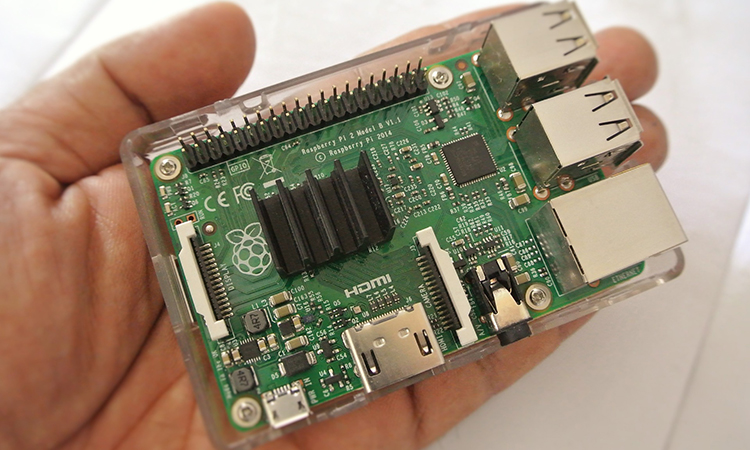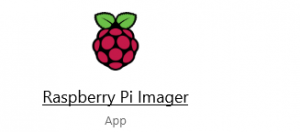

- #RASPBERRY PI OS LITE VS DESKTOP INSTALL#
- #RASPBERRY PI OS LITE VS DESKTOP FULL#
- #RASPBERRY PI OS LITE VS DESKTOP VERIFICATION#

#RASPBERRY PI OS LITE VS DESKTOP INSTALL#
If you're going to run this install with a monitor, you are good to go.
#RASPBERRY PI OS LITE VS DESKTOP VERIFICATION#
When the verification process is complete, a notification window will open letting you know that the write was successful and that it's now safe to remove the SD card.This usually takes less than a minute but could take longer. Once Raspberry Pi Imager has finished writing the files to the SD card, it will verify that the image on the SD card is identical to the image file used to burn the image.If you remove the SD card, unplug the card reader, or shut down the computer at any point during this process, the card will become bricked and unusable. Note: Be patient and wait for this process to complete.It can take anywhere from a few minutes to upwards of half an hour for the process to complete depending on the quality and speed of the SD card, card reader, and computer.Click "Write" to begin burning the image to the SD card. The "Write" option will become available.Now select the SD card we just formatted in the previous step.This version of Raspberry Pi OS does not include a preinstalled-GUI, this means that there is no desktop environment wasting space and resources when it's not needed. For the purpose of this tutorial we will be using the top option, Raspberry Pi OS Lite (32-Bit). Click the "Choose OS" button, and select one of the available operating systems.

With a freshly formatted SD card, we can now move on to installing the operating system.If not us, please consider supporting other makers in the community. I decided to share the written tutorial here at Instructables too in hopes to help some new makers who might have got their first Raspberry Pi recently.īefore we move on I want to thank you for reading, and ask that you follow The Makers Workbench on Instagram, YouTube, and consider supporting content like this at Patreon or as a Member of our YouTube Channel. After getting back into Raspberry Pi projects recently and realizing how much better this new utility is over the old method, I had to make an updated video for 2021. Raspberry Pi Imager allows users to select the specific operating system they would like to install and then the program downloads the latest version of that operating system in the background before the install begins. Last year the Raspberry Pi foundation announced Raspberry Pi Imager, a utility designed to simplify the process of installing operating systems onto SD cards for use in Raspberry Pi’s. The first part of the process is the same, but there are a few files you will need to create to be able to access the headless Raspberry Pi. Many of my subscribers on YouTube asked for a headless Raspberry Pi OS install tutorial as well since there are several differences between the two types of install.
#RASPBERRY PI OS LITE VS DESKTOP FULL#
This is a follow-up to my previous instructable where I detailed the process of installing the Full Raspberry Pi OS.


 0 kommentar(er)
0 kommentar(er)
